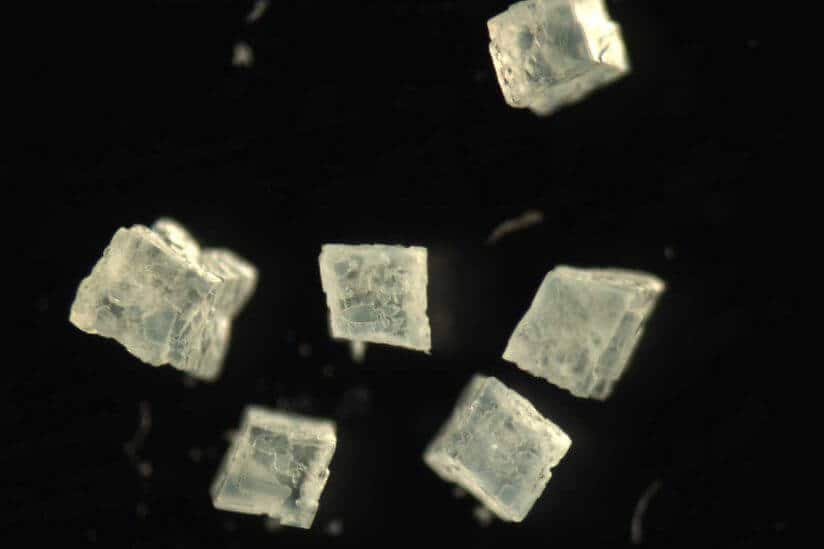Scientists at USC and Caltech may have taken a big step toward storing and neutralizing carbon in the deepest recesses of the ocean without harming coral or other organisms.
It all revolves around calcium carbonate, a molecule common to the oceans.
For the first time, the USC-Caltech team precisely measured the reaction rate of calcite, a form of calcium carbonate, as it dissolved in seawater enhanced by a common enzyme, carbonic anhydrase. That’s the same enzyme that maintains the acid-base balance in the blood and tissue of humans and other animals.
They found that they could accelerate this natural chemical reaction, which is normally slow, by a factor of 500. The findings were published online July 17 in the Proceedings of the National Academy of Sciences.
Researchers had known about a chemical reaction involving calcium carbonate and carbonic acid, “but people studying it before had kind of dismissed it,” said William Berelson, a geochemist at the USC Dornsife College of Letters, Arts and Sciences and a senior author of the acceleration study.
“This carbonate material that’s all over the ocean floor has been neutralizing ocean CO2 for billions of years. Yet the uncatalyzed reaction is quite slow. Remarkably, nobody has quite understood how to speed up this process. Now, we’re beginning to figure it out.”
Co-principal investigator Jess Adkins of Caltech noted, “The exact mechanism of the buffering by carbonates has been an elusive goal in oceanography.”
Berelson’s lab provided the isotopic measurements crucial to understanding these dissolution rates.
“This reaction has been overlooked,” said Adam Subhas, lead author and a Caltech graduate researcher. “The slow step is making and breaking CO bonds to go from CO2 to CO3. They don’t like to break; they’re stable forms. This is very slow, and nature has figured it out, so it has created an enzyme called carbonic anhydrase to speed it up.”
An antacid for the ocean
Calcium carbonate exists all over the planet’s oceans, from coral reefs near the surface to the shells of dead organisms like plankton that are buried deep below. There is roughly 50 times as much greenhouse gas in the ocean as the atmosphere, causing ocean acidification.
However, when acidified surface waters make their way to deeper parts of the ocean, they are able to react with the dead calcium carbonate shells on the sea floor that neutralize the added carbon dioxide.
This is part of the natural buffering process that allows the ocean to hold such a large amount of carbon dioxide safely, at least in those parts where acidification isn’t touching and eroding structures like coral reefs.
“The dissolution of calcium carbonate in the ocean is what we call in chemistry a buffer. It’s very much like when you take an antacid for an upset stomach because it is neutralizing the acid in your tummy,” Berelson said.
Now, thanks to the USC-Caltech team, this process to safely convert CO2 to bicarbonate that would normally take tens of thousands years can be replicated in a fraction of the time.
“It isn’t lost on us that this may hold some really important role, sooner or later, in helping mitigate atmospheric CO2,” Berelson said.


